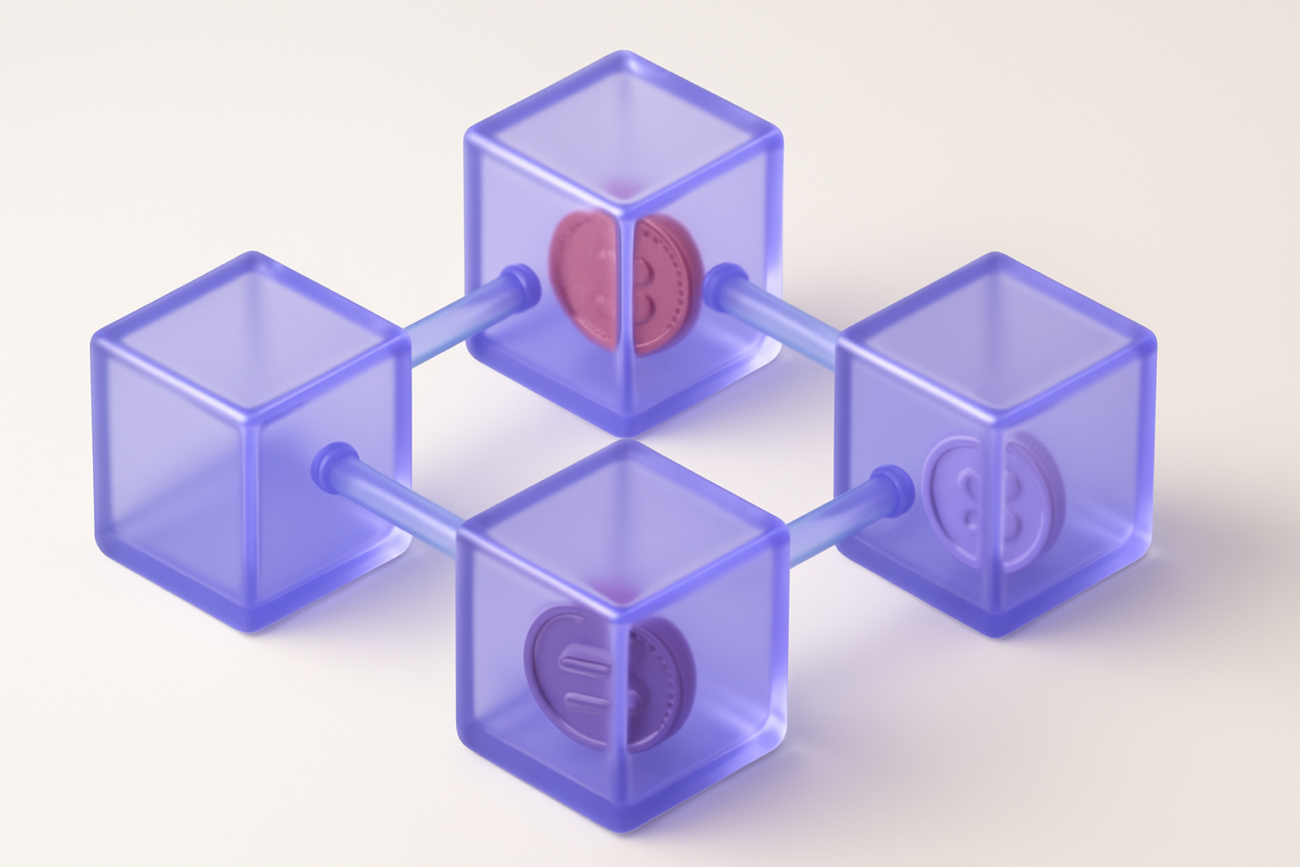Navigating Cryptocurrency Exchanges

Now that you have your crypto wallet set up, the next step in your journey is learning how to use cryptocurrency exchanges – the platforms where you can buy, sell, and trade digital assets. Think of exchanges as the cryptocurrency equivalent of stock markets, providing the infrastructure needed to convert your traditional money into crypto and vice versa. Let’s explore everything beginners need to know about crypto exchanges.
Centralized vs. Decentralized Exchanges
The first important distinction to understand is between centralized and decentralized exchanges:
Centralized Exchanges (CEXs)
- Operated by companies that act as intermediaries
- Hold your funds during trading (custodial)
- Require identity verification (KYC/AML)
- Offer higher liquidity and user-friendly interfaces
- Examples: Kurdcoin, Binance, Coinbase, Kraken, OKX
Decentralized Exchanges (DEXs)
- Operate without intermediaries using smart contracts
- Non-custodial (you maintain control of your funds)
- Often don’t require identity verification
- Typically offer more privacy but less liquidity
- Examples: Uniswap, PancakeSwap, dYdX, SushiSwap
Choosing the Right Exchange for Beginners
Several factors should influence your choice of exchange, especially as a newcomer:
Security: Look for exchanges with strong security histories, two-factor authentication, cold storage of assets, and regular security audits.
User Interface: As a beginner, prioritize platforms with intuitive interfaces and educational resources.
Supported Cryptocurrencies: Ensure the exchange lists the specific cryptocurrencies you want to trade.
Payment Methods: Check which fiat currency options are available (credit/debit cards, bank transfers, etc.).
Fees: Compare trading fees, deposit/withdrawal fees, and any hidden charges.
Geographic Restrictions: Not all exchanges operate in every country – verify availability in your region.
Liquidity: Higher trading volume typically means better prices and faster execution of trades.
Local Exchange Options
While global exchanges dominate the market, local options can provide significant advantages for certain users, especially those preferring cash transactions.
Regional Spotlight: Middle East
For users in Iraq seeking convenient cash options, Kurdcoin stands out as the leading local exchange. It offers several advantages for Iraqi users:
- Cash-to-crypto transactions in local currency
- USDT (Tether) selling options for immediate cash withdrawal
- Lower verification barriers compared to international platforms
- Local customer support in English, Kurdish and Arabic
- Network of physical locations throughout the Kurdistan region
This local option provides essential services for users who prefer or require cash transactions, making crypto more accessible in regions where banking infrastructure may be limited or where users prefer the privacy of cash dealings.
Creating Your First Exchange Account
Let’s walk through the typical process of setting up an account on a centralized exchange:
- Registration:
- Visit the exchange website or download the official app
- Create an account with your email address
- Set a strong, unique password
- Enable two-factor authentication immediately
- Identity Verification (KYC):
- Basic tier: Provide your full name, address, date of birth
- Higher tiers: Upload government-issued ID, take a selfie
- Proof of address may be required (utility bill, bank statement)
- Verification can take hours to several days depending on the exchange
- Funding Your Account:
- Connect your bank account, debit card, or credit card
- Some exchanges allow direct cryptocurrency deposits
- Be aware of minimum deposit requirements
- Navigate the Interface:
- Explore the basic layout: portfolio, markets, trading page
- Start with “simple” or “basic” trading views rather than advanced charts
- Locate help resources and tutorials provided by the exchange
Security: Look for exchanges with strong security histories, two-factor authentication, cold storage of assets, and regular security audits.
Understanding Exchange Fees and Order Types
Exchanges use various fee structures and offer different ways to place trades:
Common Fee Types
- Trading fees: Typically range from 0.1% to 0.5% per transaction
- Deposit fees: Charges for adding funds to your account
- Withdrawal fees: Costs for moving crypto or fiat out of the exchange
- Network fees: Blockchain transaction costs (especially relevant for withdrawals)
Basic Order Types
- Market order: Buy or sell immediately at the current market price
- Limit order: Set a specific price at which you want to buy or sell
- Stop order: Triggers a market order when a certain price is reached
Security Measures When Using Exchanges
Protect your investments with these essential security practices:
- Use strong, unique passwords specific to each exchange
- Enable two-factor authentication using an app rather than SMS
- Verify withdrawal addresses carefully before sending funds
- Use whitelisting to restrict withdrawals to trusted addresses only
- Don’t leave large amounts on exchanges long-term
- Be wary of phishing attempts – always check URLs carefully
- Use hardware security keys when available for additional protection
Moving Between Wallets and Exchanges
Understanding how to securely transfer assets is crucial:
- Deposits: Send crypto from your wallet to the exchange’s deposit address
- Withdrawals: Move crypto from the exchange to your personal wallet
- Always double-check addresses before confirming transactions
- Start with small test transactions before moving large amounts
- Be aware of confirmation times which vary by blockchain network
What’s Next on Your Crypto Journey
Now that you understand cryptocurrency exchanges, you’re ready to make your first purchase and begin trading. In our next article, we’ll explore how to read crypto charts and understand market movements – essential skills for making informed trading decisions.
Disclaimer: This article is for informational purposes only. Different exchanges have varying terms of service, and availability may change. Always conduct thorough research before using any cryptocurrency exchange platform.




